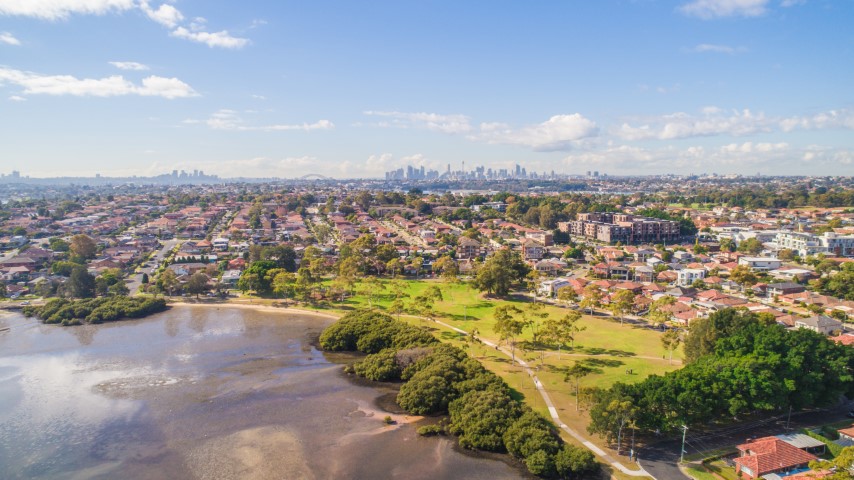Feral animals
Breadcrumb
Introduced species such as the European red fox, as well as stray and roaming domestic cats are known to prey on our native wildlife. Managing the impacts of these feral species is a challenge in our urban environment, however Council is committed to addressing the issue through community education and occasional control.
The European Red Fox was introduced to Sydney around 150 years ago and has been responsible for the extinctions of many native animals since then. According to contemporary research by the Australian National University and Charles Darwin University, foxes are responsible for the deaths of 300 million native animals across Australia each year.
Native Australian animals haven’t evolved with foxes and find it hard to avoid fox predation. As a result, many species including reptiles, frogs and ground-dwelling birds are easy prey to foxes.
Foxes also regularly attack chickens and can harass, injure and sometimes kill smaller pets.
What is council doing?
The City of Canada Bay is expanding our community education on foxes, as well as employing professional consultants to analyse the extent of fox presence in our area, as part of a broader 2023–24 Flora and Fauna Study. Council will occasionally employ professional feral animal management contractors to control foxes in public reserves and golf courses. Council never uses 1080 poison baits for feral animal control.
How can you help?
To find out more about feral animals, as well as things you can do to reduce their numbers and impact, please visit FeralScan and its associated webpage FoxScan to record fox sightings and damage.
For more information on foxes and what Council is currently doing, please get in touch with Council’s Environmental Officer – Natural Resources by calling 9911 6555 or emailing council@canadabay.nsw.gov.au.
The City of Canada Bay is impacted by several introduced and feral birds, most notably the Common (Indian) Myna (Acridotheres tristis) and the Common Starling (Sturnus vulgaris).
Common Myna birds
First introduced in 1862 from southern Asia as a way to control crop pests, Common Mynas have since become pests themselves due to their territorial behaviour and competition for nest hollows. Their noise and odour can also be a nuisance in urban areas.
The Common Myna bird is widespread throughout eastern Australia, including in some of our local urban areas, however it is not nearly as common as the native Noisy Miner (Manorina melanocephala). The Common Myna is often confused with the Noisy Miner, which is more aggressive and territorial; proving to be a threat to other native species. Aggressive exclusion of birds from potential woodland and forest habitat by over-abundant noisy miners was listed as a Key Threatening Process by the NSW Department of Environment in 2014.
The Common Myna is distinguished by the following features:
- A brown body
- A glossy black head, neck and upper breast
- Distinctive white patches on their wings that are clearly visible in flight.

The native Noisy Miner has a much lighter brown body and exhibits swooping behaviours.

Common Starling birds
The Common Starling is native to Eurasia and northern Africa. It was introduced to Australia in the 1880s and has spread throughout urban and agricultural areas.
In urban areas, they are a pest because they nest in roofs and may infest houses with bird lice. They also carry parasites, diseases and compete with native animals for nesting spaces.
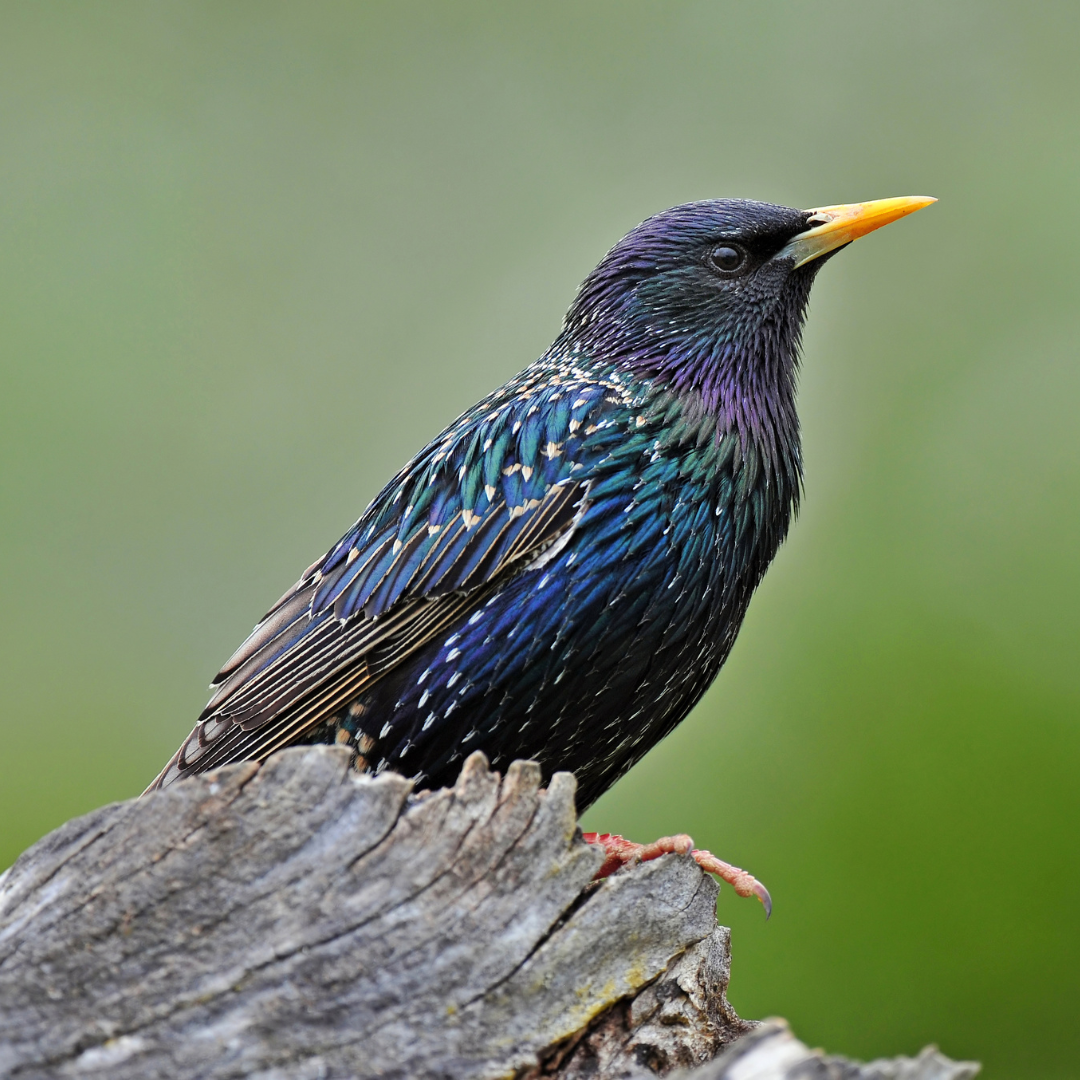
How can you help?
The community can help reduce the impact of feral and introduced birds by following these tips:
- Cover all outdoor bins and waste
- Feed pets inside and do not leave pet food outside
- Avoid feeding wildlife, native or otherwise, as the food can attract feral animals including birds and rats
- Cover cavities under roofs and eaves with spikes so they cannot be used for nesting
- Submit a tree pruning application to prune palm trees so they are not used as nests for introduced birds.
Cats make great pets, but can also harm our native wildlife due to their natural instinct to hunt and kill animals, often opportunistically and not for food.
Throughout Australia, cats (alongside foxes) are the leading cause of extinction for our native mammals, being directly responsible for the deaths of over 960 million native mammals each year. The national Threatened Species Recovery Hub also found that a pet cat that is allowed to roam and hunt can alone kill an average of 186 animals each year.
The Australian Government has listed predation by cats as a Key Threatening Process and adopted a Threat Abatement Plan for predation by feral cats in 2015. In 2020, the Australian Parliament conducted an inquiry into the problem of feral and domestic cats. The resulting report recommended a revised and properly funded Threat Abatement Plan, as well as increasing public awareness and education of the impact of cats, which this webpage aims to assist.
You can read the Australian Government's full response to the inquiry on their Feral Cats webpage.
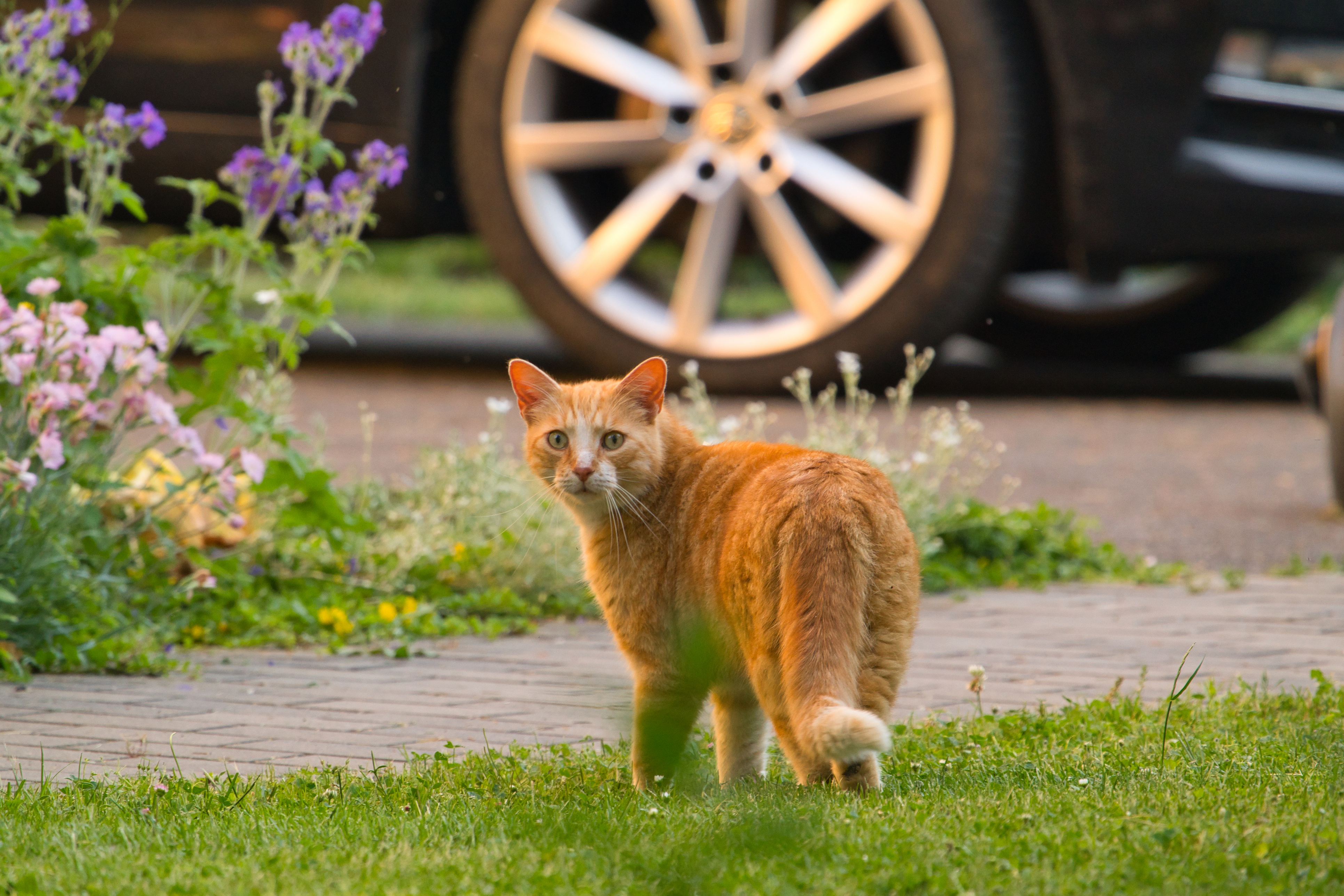
What is council doing?
In the City of Canada Bay, roaming domestic cats are a commonly observed threat in our parks and streets. Our 2023-2024 Flora and Fauna Study will show us exactly where cats are sighted, as well as recommending management actions to preserve our native fauna. The study will be shared here when completed in mid-2024.
Council does not trap, poison or otherwise control cats, instead focusing on educating our community to practice responsible pet ownership.
How can you help?
If you own a cat, you can practice responsible pet ownership and reduce your cat's impact on native animals. This is as simple as keeping your cat indoors at night, disabling any 'cat-doors' and making sure to microchip your cat. It's also a good idea to get your cat a noisy collar to alert potential prey.
Different breeds of dogs can make great outdoor or indoor pets. However, off-leash domestic dogs can negatively impact important wildlife including the endangered Bar-tailed Godwit, which uses our mudflats and foreshore areas as feeding grounds after migrating thousands of kilometres from the Northern Hemisphere.
What is council doing?
The City of Canada Bay is home to over 15,000 pet dogs, with that number increasing annually. A healthy pet dog needs outdoor areas to play off-leash, without impacting our native flora and fauna. It's because of this that fenced off-leash dog areas are becoming more widespread.
Our Dogs in Public Places Strategy outlines our plan to provide places where dogs can play and exercise off-leash while balancing the needs of the environment and the community.
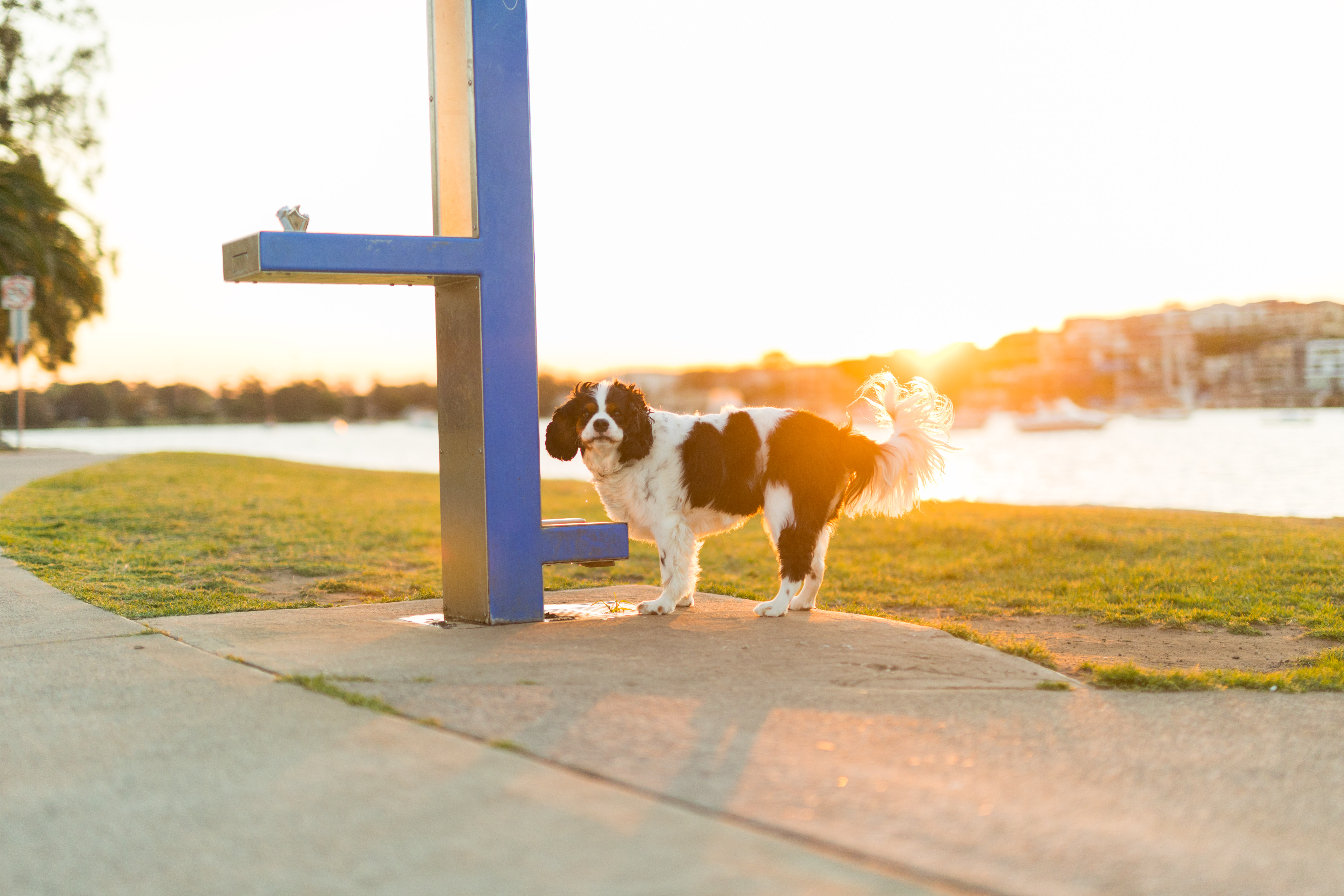
How can you help?
If you own or are taking care of a dog, you must keep it on a leash in all public areas except Council's designated off-leash spaces. Visit the Local Off-leash Areas page to find out where these are, plus information on registering and keeping pet dogs.
Other tips for being a responsible dog owners:
- Keep your dog within a fenced property.
- Provide proper food, shelter and exercise for your dog.
- Register, microchip and de-sex your dog.
- Always carry compostable dog-poo bags with you when taking your dog for a walk and dispose of bags in Council's red-lidded bins.
- Ensure your dog is not chasing wildlife such as birds, even when on a leash.
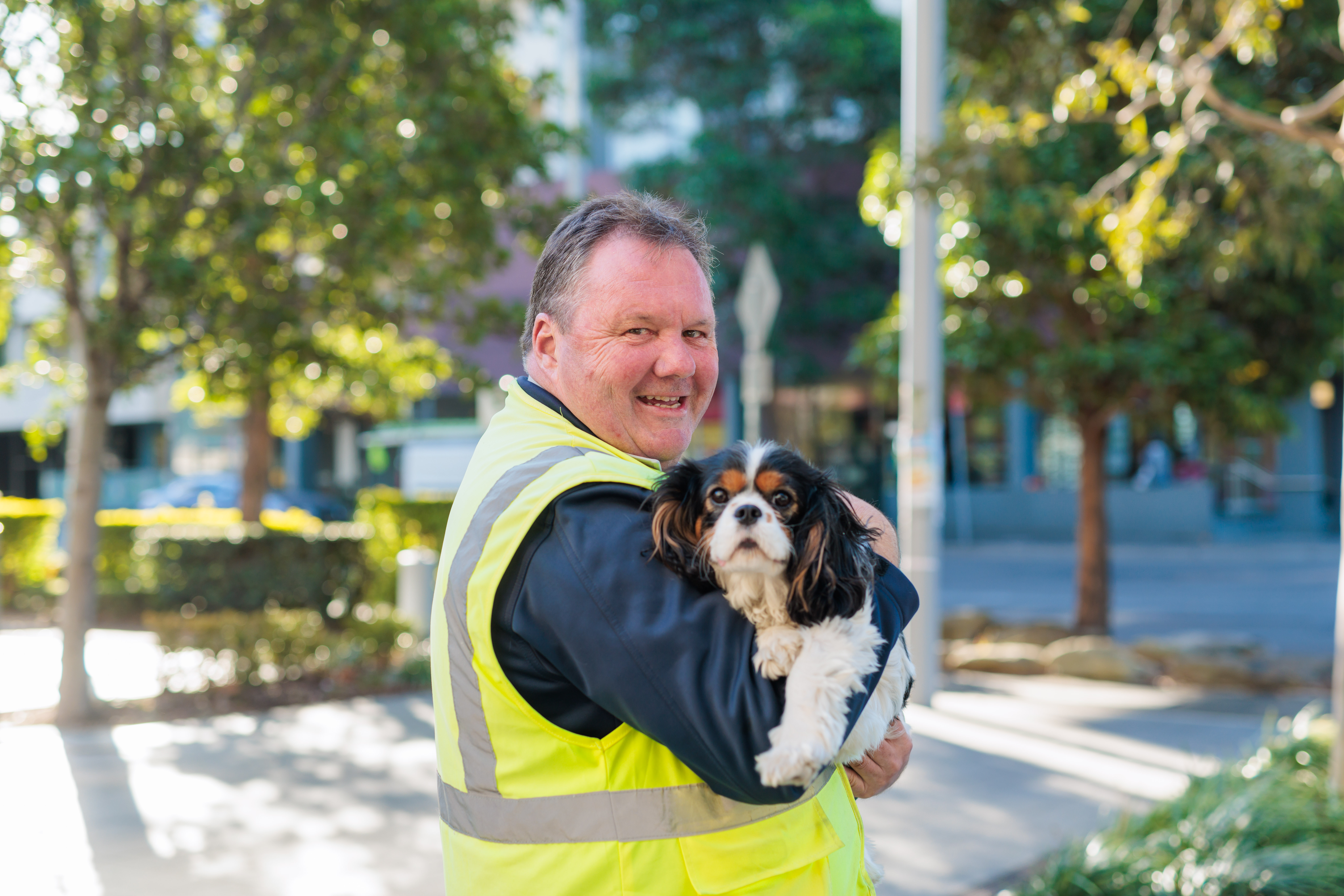
If you notice a dog in the community displaying nuisance behaviour, such as repeatedly barking, roaming off-leash, or defecating on other people’s property, there are several things you can do.
The first measure is to try and resolve the problem amicably. Often, the cat or dog owner may not be aware that their pet is causing a problem and may be more than happy to make changes for the benefit of all parties.
If this fails to resolve the issue, you can fill out an Animal Nuisance Investigation Request form.
For more information on managing nuisance dogs, please visit our Nuisance Cats & Dogs page.
Rabbits in the wild
The European rabbit (Oryctolagus cuniculus) is native to north-western Africa, Spain and Portugal and has now spread to Western Europe, USA and parts of Central and South America. They were first brought to Australia on the First Fleet as sources of food, but it wasn't until an import of wild rabbits into Victoria in 1859 that the population truly exploded, going from 24 individuals to 20,000 within six years.
Rabbits are now present across 70% of Australia and have many negative impacts on our biodiversity, including contributing to the decline of many endangered plant species through grazing.
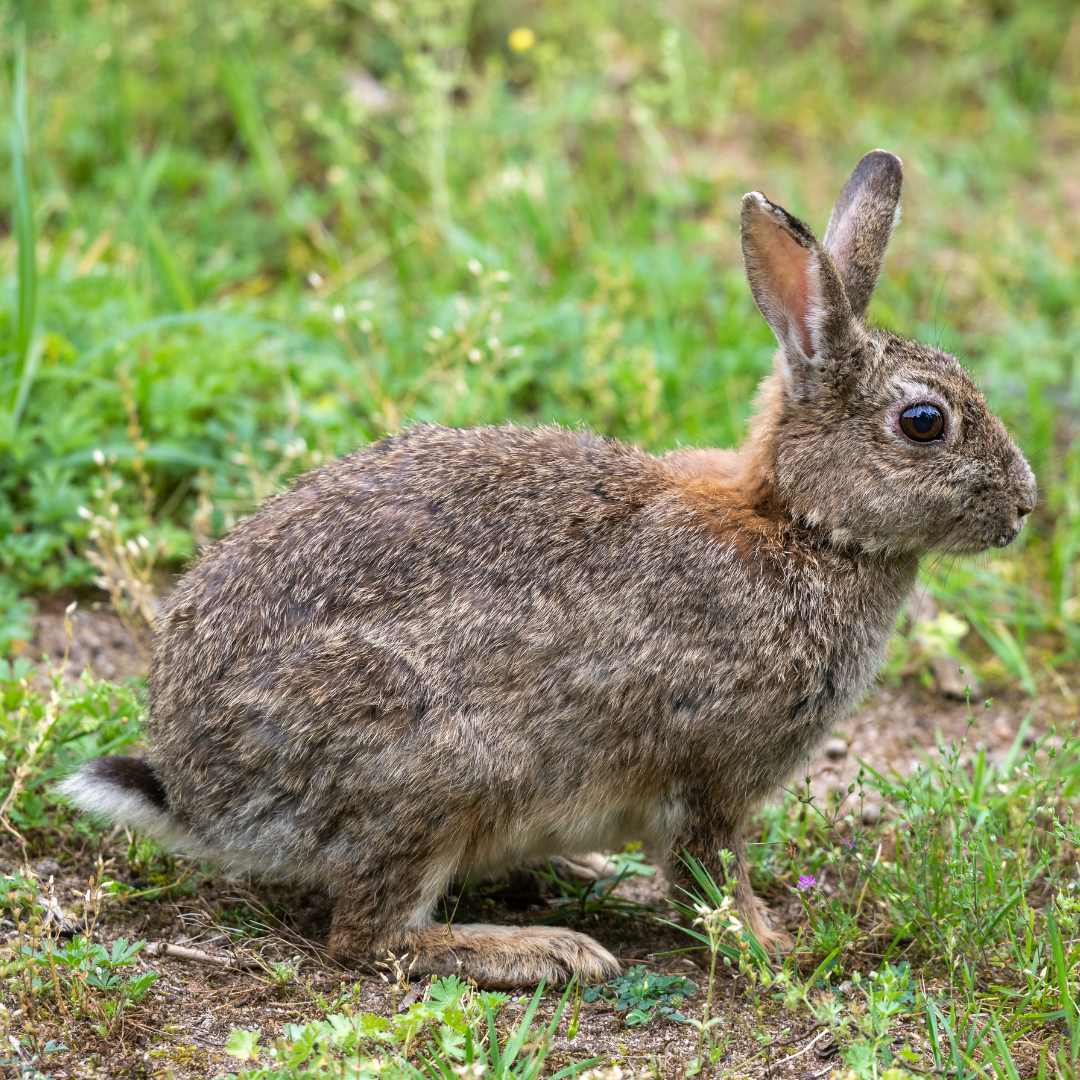
Rabbits as pets
Rabbits can make good pets. However, it's important to realise that rabbits have specific needs when it comes to their housing, handling, food and socialisation. Sometimes, people do not realise these needs before getting a rabbit as a pet, which can lead to pet rabbits being discarded and illegally released into public areas.
The City of Canada Bay is experiencing increased instances of pet rabbits being abandoned in our parks, which can have negative impacts including:
- Attracting predators such as foxes and undomesticated cats.
- The destruction of native and garden plants.
- Erosion and trip-hazards from burrowing into soil and grass.
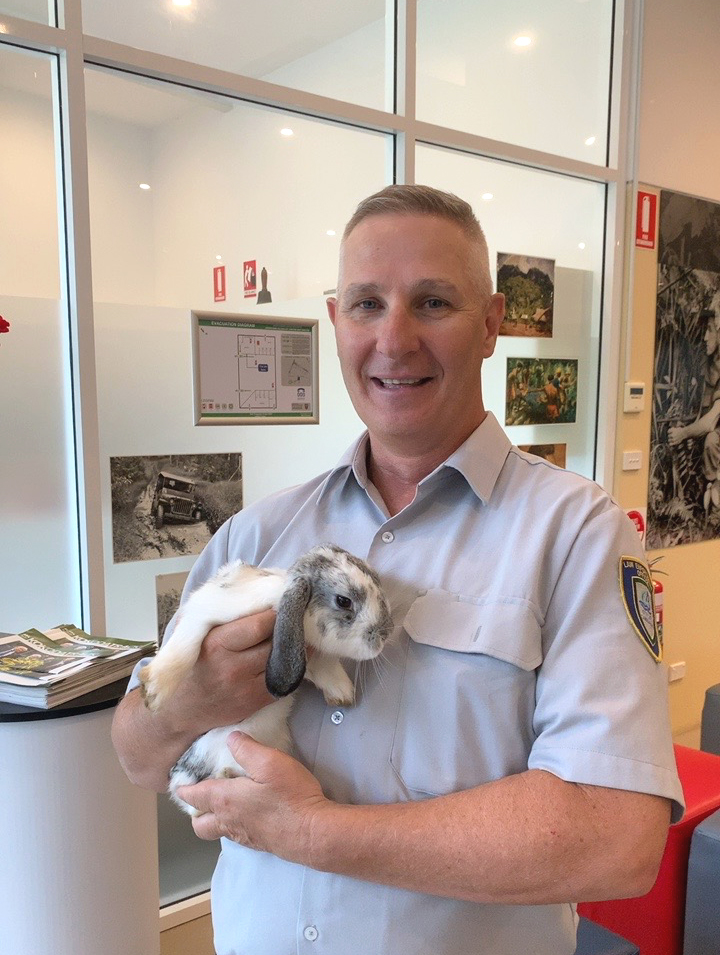
What is being done?
Council must trap and catch released domestic rabbits to prevent their rapid breeding and grazing of native plants. Trapped rabbits are taken to local rabbit sanctuaries. Infrequently, Council considers the control of released rabbits using den fumigation methods, which are regulated by the Australian Government and the associated Centre for Invasive Species Solutions.
The Australian Government occasionally releases the airborne biological control agent Rabbit haemorrhagic disease virus (RHDV), a calicivirus, into the wild. RHDV has been shown to not affect any animals other than rabbits.
How can you help?
If you own pet rabbits, it's important to immunise your rabbits against RHDV which can be done by many veterinarians. It's also important to keep up to date with RHDV release dates, which are published by the Australian Department of Agriculture, Fisheries and Forestry.
All rabbit owners must practice responsible pet ownership. This means registering and de-sexing your rabbits with the RSPCA or a veterinarian, as well as ensuring the rabbit you buy is from a reputable seller. The RSPCA sells rabbits affordably which are immunised and de-sexed before sale. Ensuring rabbits are contained indoors or within property boundaries is also highly important. Rabbits are natural escapees and tend to burrow under or jump over fences, so it's equally important to rabbit-proof any outdoor rabbit run or keep your pet within a hutch that is large enough to accommodate a curious, healthy rabbit.
If you see escaped or wild rabbits, make sure you record them using RabbitScan, which can be accessed through FeralScan.

